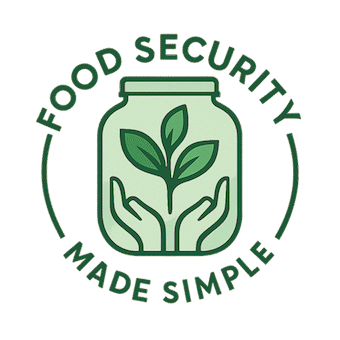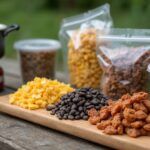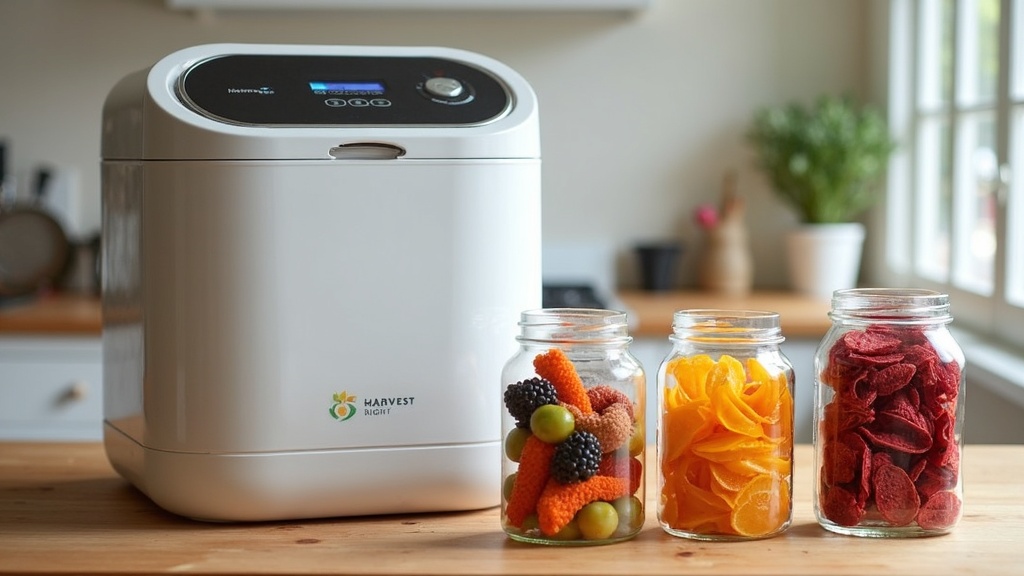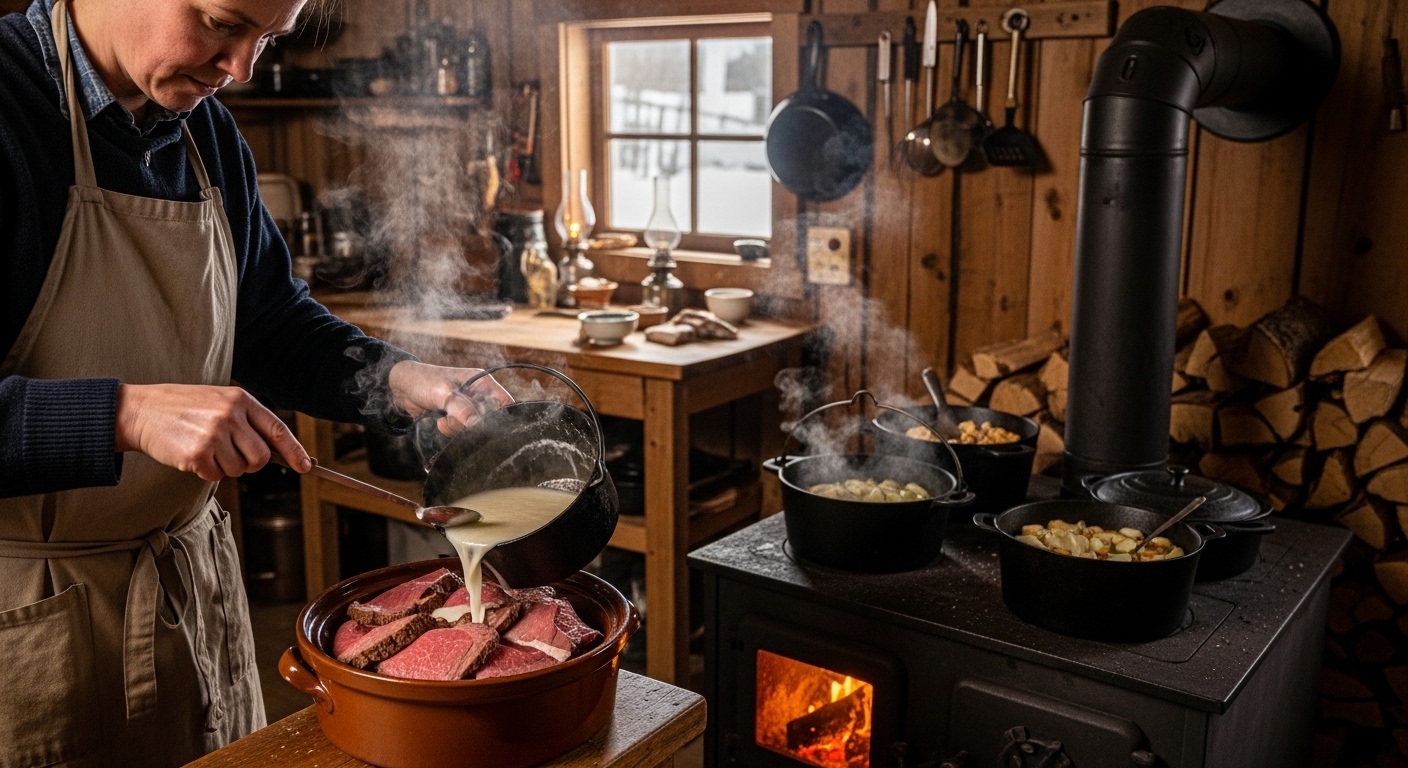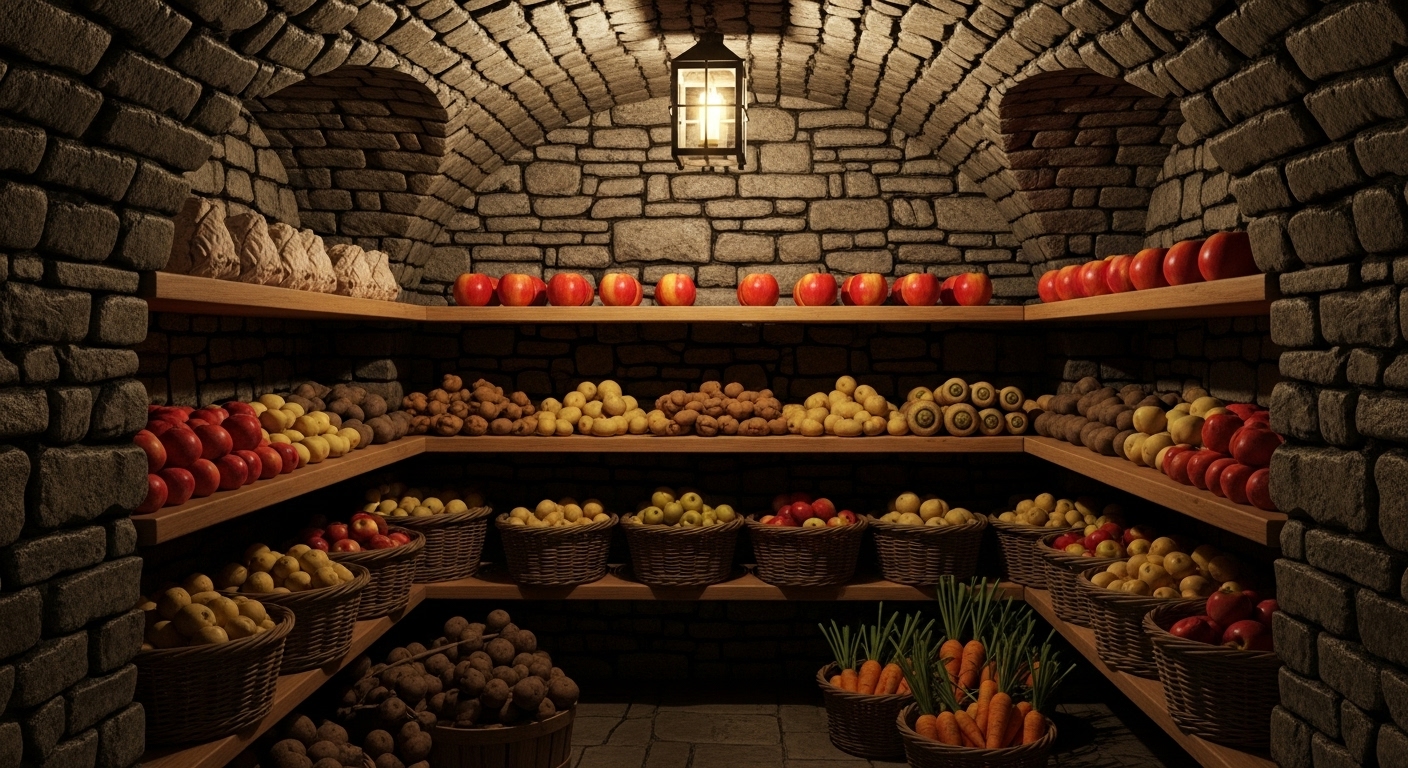If you love having great food on hand no matter what life throws your way, a Harvest Right Freeze Dryer has probably caught your eye. From emergency food prep to preserving bumper crops from my garden, this machine gives me a lot of freedom. I dry everything from strawberries and kale to full chili dinners, locking in flavor and nutrients for up to 25 years, without added chemicals or sketchy preservatives.
Why Freeze Drying Changes the Food Game
Freeze drying isn’t a new concept, but having a Harvest Right Freeze Dryer at home really shakes up how I store food. Commercial food companies have used this technology for decades, but now it’s easy to do the same thing right in your kitchen. Freeze drying removes moisture by freezing food and then slowly pulling the water out as vapor. This process helps keep taste, color, and nutritional value for years.
This method is handy for prepping emergency meals, getting ready for hiking trips, or just making life easier for busy families. I can toss berries in yogurt or rehydrate a beef stew that tastes almost exactly like it did when I made it.
There’s also a true sense of security in having your own homemade meals stashed away. During times when store shelves run low, or your garden produces more than you can eat, you’ll have options that don’t rely on commercial supply chains or mystery ingredients. For people like me who value knowing what’s in their food, freeze drying is a total game changer. Homemade freeze-dried snacks for school lunches, chip-like fruit treats for hikes, or even emergency meals that double as convenient weeknight dinners—all of these are possible and easy to pull off.
How the Harvest Right Freeze Dryer Works
Using a Harvest Right Freeze Dryer doesn’t take much more effort than loading up a dehydrator. The food gets frozen fast. Then, the machine creates a vacuum and gently warms things up. That’s when all the ice evaporates without turning into liquid again. What’s left is dry, shelf-stable food that can soundly stay in your pantry for decades if stored right.
I usually freeze dry my produce right after harvest or whenever I catch a great grocery store deal. It’s nice having strawberries in winter or homemade soup that tastes fresh months later. All you do is prep the food, lay it on the trays, start the cycle, and then store the finished batch in airtight containers or mylar bags with oxygen absorbers. The process is surprisingly simple and easy to repeat; after a few batches you’ll have it down to a science.
What You Can and Can’t Freeze Dry
One question I get often is about which foods you can actually freeze dry. The truth? Most foods work well, including fruits, vegetables, cooked meats, dairy, and even complete meals. Things like apples, peas, ice cream sandwiches, and pasta sauce turn out great. The only real limits are foods with super high fat or sugar content.
- Great for freeze drying: Berries, apples, carrots, corn, cooked meats, cheese, eggs, casseroles, soups, stews, and even desserts.
- Not ideal for freeze drying: Pure chocolate, peanut butter, jams, honey, and foods that are very high in oil or syrup. These items tend to either stay sticky or just don’t dry out well, so they won’t store as long or rehydrate properly.
Some folks ask about freeze drying butter or avocado. You technically can do small amounts, but the high fat means it won’t last nearly as long or come back to life the same way. Liquid-heavy foods like soda and juice also don’t work because they expand and make a mess during the process.
A surprising favorite among families is freeze-dried candy. While not the healthiest snack, treats like chewy candies or taffy take on a unique crunchy texture that kids love. Freeze-dried ice cream is another fun experiment that makes for a great conversation starter or an interesting dessert to bring out during gatherings. The possibilities can keep things fresh and interesting—just experiment in small batches, and you’ll track down the foods that become family favorites.
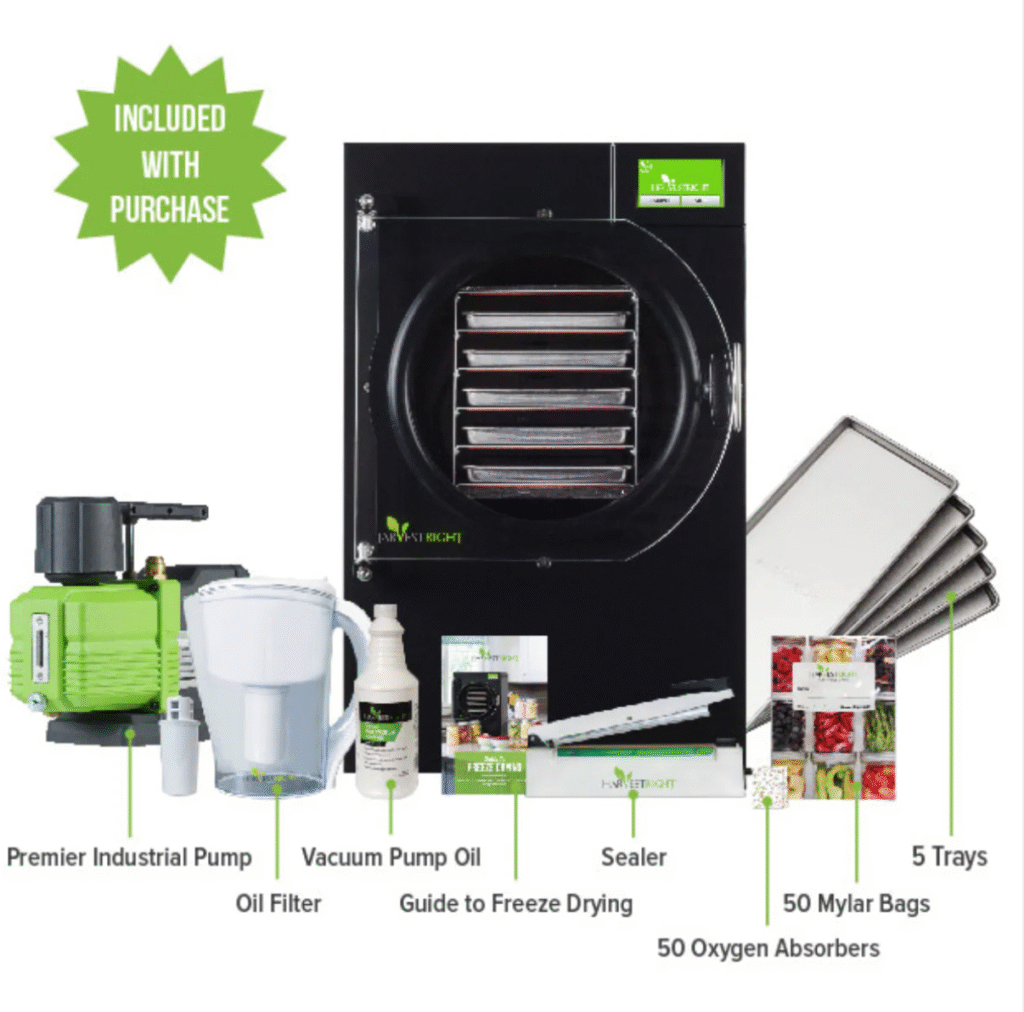
Big Benefits That Make a Harvest Right Worth It
Buying a freeze dryer isn’t a small investment, so I look at the benefits closely. Here’s where the Harvest Right really shines for me:
- Saves Money: I don’t toss out leftovers or let garden crops go bad. Instead, I stock up when things are in season or on sale, then preserve it all for later.
- Food Security: Having shelf-stable meals is a relief when storms hit, supply chains get weird, or I just don’t want to go to the store.
- Customizable Nutrition: I know exactly what’s in my food. No mystery additives or extra sodium like storebought emergency rations.
- Great Flavors: Freeze-dried food keeps its natural flavor and texture way better than traditional dehydrated snacks. I can grab crunchy strawberries for cereal or rehydrate creamy chicken and rice with almost no drop in quality.
Many families also find it helps reduce food waste and encourages them to cook in larger batches, knowing whatever isn’t finished can be shelf-stable for months. The peace of mind from having homemade, nutritious meals stored up cannot be overstated, especially if you live in an area with unpredictable weather or frequent power outages.
Downsides to Freeze Drying at Home
For all the perks, freeze drying isn’t a perfect fit for everyone. Cost is the first thing that comes up. The machines run from around $2,500 and up, plus some ongoing electricity and vacuum oil expenses. The machine is not tiny, so you need to plan for space in your kitchen, basement, or garage.
The process also takes time. Each batch might need anywhere from 20 to 40 hours depending on the food’s water content. That means you have to plan ahead if you’re prepping for a trip or stocking up for an emergency.
Another factor is the learning curve. While the machine handles the heavy lifting, bagging and storing the food properly is really important for making sure it lasts. Without airtight packaging and oxygen absorbers, even perfectly freeze-dried food won’t stay good as long as it could.
Noise is also something to consider. The freeze dryer isn’t silent, so keep that in mind if you’re placing it near living spaces. Regular cleaning and maintenance on the machine, like changing vacuum oil or checking gaskets, keeps it running smoothly but adds a bit more work compared to just canning or dehydrating.
Harvest Right Freeze Dryer Models: What’s Best?
When I started shopping for a freeze dryer, Harvest Right was the brand that kept popping up in blogs and reviews. They offer different sizes to fit various households and needs:
- Small: Great for singles or couples who want to preserve small batches. Takes up the least amount of space.
- Medium: Probably the most popular model and the one I chose. It’s a good size for families or folks who garden a lot.
- Large: Has a bigger batch capacity and is perfect for larger families or serious preppers.
- Extra Large and Pharmaceutical: Best if you want the max output or need to freeze dry lots of herbs, flowers, or even pet food.
Each size has similar controls and features, so the main thing is picking the right capacity for your routine. If you want to check out detailed specs and compare options, the official Harvest Right website breaks down the differences straightforwardly.
For most families, the medium model is the sweet spot. It strikes a balance between batch size, run time, and the demands of storage space. Professional users or homesteaders running continuous batches may benefit from investing in the large or extra large models.
Preparing for Adventure, Emergencies, and Every Day
It’s not only about prepping for a major crisis. With a Harvest Right Freeze Dryer, I’ve got trail mixes for hiking trips, quick-grab soup mixes for busy weekdays, and healthy snacks for my kids that don’t require extra sugar or preservatives. Outdoor lovers can pack lightweight, tasty meals, and anyone can stash food away for emergencies without making a dash to the store whenever there’s a storm warning.
Beyond that, freeze drying is a great way to make fun snack packs for school, add variety to lunchboxes, and even create custom blends for smoothies or baking. I’ve seen friends make dog treats and even specialty ingredients for camping—so the potential goes far past crisis prepping. If you’re creative in the kitchen or enjoy experimenting, the freeze dryer makes it easy to try new recipes and food combos that you can save for months or even years.
Pro Tips for Freeze Drying Success
- Cut Uniform Slices: For even drying, cut food into slices or pieces around the same size. This keeps the whole batch consistent.
- Pre-Freeze Large Batches: I speed up the process by freezing food before loading it into the freeze dryer.
- Check Seals: Double-bag or use mylar with oxygen absorbers to keep moisture out for long-term storage.
- Label Everything: Trust me, you don’t want to guess whether that bag is beef stew or black bean soup in two years. Write the name and date on every bag.
Try making a log of what you process most often. Over time, you’ll spot patterns in family favorites or figure out which meals you reach for the most. This can help you plan future batches efficiently, avoid food fatigue, and ensure you always have the right foods on hand.
Frequently Asked Questions: Harvest Right Freeze Dryer
Is Harvest Right Freeze Dryer worth it?
The value depends on your lifestyle and how much you plan to use it. For gardeners, large families, preppers, or anyone wanting full control over an emergency food stash, the investment often pays off. Having healthy, shelf-stable food ready for years gives me peace of mind and helps me cut food waste. If you only plan to dry a few batches a year, it might feel like a bigger expense, but for regular use, it’s one piece of gear I don’t want to go without.
What foods cannot be freeze-dried?
Most foods with super high fat or sugar don’t freeze dry well, so think nut butters, pure honey, syrupy jams, and fatty meats like sausage links. Foods with a lot of oil or that are mostly liquid also don’t make the cut, since they either don’t dry out or won’t come back to life with the right texture.
What is the downside of freeze drying?
The biggest downsides for me are the upfront cost, the space you need for the machine, long cycle times, and occasional need for machine maintenance. If you’re looking for super quick results or just need to preserve a tiny amount of food, a dehydrator or canning setup is more practical. But for serious storage and food variety, freeze drying pays off in the long run.
What’s the best freeze dryer on the market?
Harvest Right continues to be the top name in home freeze dryers right now. The company is based in the USA, and their machines are widely used in home, professional, and prepper circles. With a range of sizes, sturdy built-in tech, and helpful support resources, I find them reliable and easy to recommend for most families or individuals eager to preserve their own food.
Wrapping Up: Who Should Get a Harvest Right Freeze Dryer?
A Harvest Right Freeze Dryer fits right in for anyone who wants to prep for emergencies, save garden produce, make homemade backpacking meals, or have quick weeknight dinners with no extra additives. The upfront cost pays off when you factor in the food and convenience savings over years of use. For families, outdoor lovers, and anyone who likes knowing exactly what’s in their food, this is a pretty solid choice for peace of mind and great meals, however the day unfolds.
© 2025, Teresa. All rights reserved.
